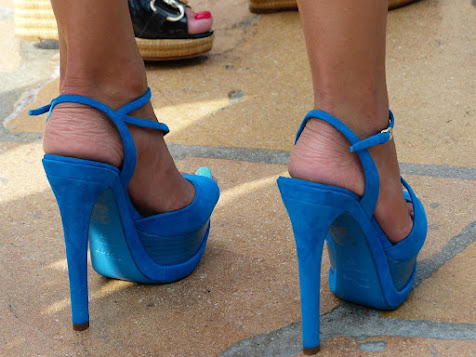Unraveling the Mystery of Haglund's Deformity: Treatment and Prevention

Introduction: Haglund's Deformity, often referred to as "pump bump," is a bony enlargement on the back of the heel that can cause discomfort and pain. This condition commonly affects individuals who wear high-heeled shoes or tight footwear, leading to irritation and inflammation of the bursa and Achilles tendon. Understanding the causes, symptoms, and effective strategies for treating and preventing Haglund's Deformity is crucial for those seeking relief from this challenging foot ailment. Causes and Symptoms: Haglund's Deformity is primarily caused by repeated friction and pressure on the heel, especially when wearing poorly-fitting shoes. High heels and rigid footwear can contribute to the development of this condition, as they create constant pressure on the back of the heel. Additionally, biomechanical factors such as a high-arched foot or tight Achilles tendon can increase the risk of developing Haglund's Deformity. Common symptoms of Haglund's Defo...
